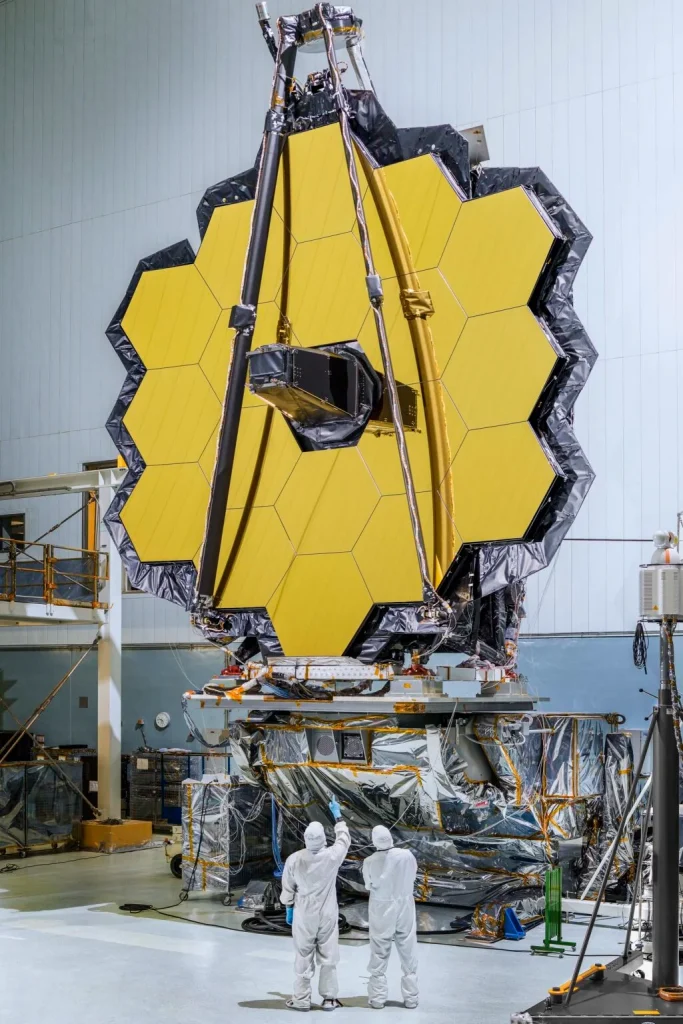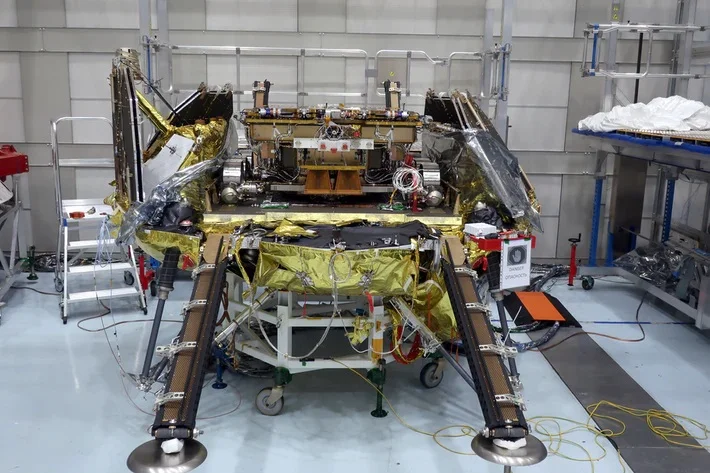Extraterrestrial life is a river topic. For years, man has been trying to find traces of existence in space – so far unsuccessfully. Current technologies allow us to estimate certain phenomena, e.g. the possibility of ice under the surface of Mars or the Moon. However, to study the surfaces of celestial bodies for microorganisms, at least rovers that can get there are needed. What other technologies are needed to find extraterrestrial life?
Contents
The problem of looking for life
Scientists look for extraterrestrial life mainly through mathematical and physical formulas and presumptions. Their scientific research is usually guesswork that has not been confirmed in reality. It is difficult to reach a given planet and take samples from it to confirm it. Just look at what is happening on the Moon or Mars – how few rovers explore these unknown surfaces.

Scientists have learned to estimate the presence of oxygen, water, carbon dioxide and other compounds from a great distance. Their presence can be a sign of life. However, the margin of error here is very large. For billions of years, life in the celestial body could become extinct, which is hard to say. Perhaps the new James Webb telescope will be useful in this regard. However, let’s remember that this is still only a telescope that will not spot microorganisms in distant worlds. The most reliable way to confirm the existence of any life is through extraterrestrial missions. However, current technologies allow for confirmation of extraterrestrial life only in the solar system.
Read Also: They will create a payload that will allow oxygen to be extracted on the moon – colonization is getting closer
Looking beyond this area is more difficult. The search for microbial biosignatures is the main goal of astrobiologists. It is worth knowing that the main biomarkers are oxygen and methane , which can only exist in the planet’s atmosphere when they are constantly replenished. We can detect them during missions to other celestial bodies. However, some scientists argue that it is more important to look for the so-called technosignatur – or traces of alien civilizations.
The Large UV / Optical / IR Surveyor (LUVOIR) is a NASA-proposed space observatory that could be an ideal place to detect technosignatures. However, I am skeptical about advanced civilizations. If they do exist, they are far enough away (several thousand light years) that they will not be detected in the coming decades. Let’s focus on other aspects. Extraterrestrial life is primarily microorganisms that are waiting to be discovered.
Extraterrestrial life and rovers
An example of the technology needed to search for life in space could be the Rosalind rover, which was to be sent to Mars. This vehicle was the fruit of cooperation between space agencies in Europe and Russia. The device was ready to be sent to the Red Planet as part of the ExoMars mission . However, Russia’s aggression towards Ukraine caused ESA to suspend the project.

This is a great loss for the world of astronomy because the Rosalind Franklin rover is unique. It has amazing technologies that allow it to drill deeper up to 2 meters below the surface. At that depth, some form of life that hides from harmful radiation on the Red Planet can hide.
Here’s what technologies Rosalind Franklin includes:
- PanCam camera, which was to be used to obtain information about the geology and atmosphere on Mars,
- subsurface radar,
- “Analytical drawer” to which the collected samples were to go. The instruments of the drawer were to analyze them and look for signs of life.
Currently, ESA is looking for new partners for the rover mission and is looking towards NASA. Scientists have worked more than 20 years on the technology for this vehicle and are determined to send it to the Red Planet. It is in him that they see a chance to find extraterrestrial life. So far, however, ESA has not made a final decision on the project.
Currently, Mars is being explored by the Perseverance rover, which landed on the planet in February 2021. It contains the amazing Ingenuity helicopter, which more than once provided us with photos and videos of the celestial body. The rover’s mission is to collect samples from Jezero Crater and deliver them to Earth.
Read Also: The Mars helicopter mission has been extended – NASA gives it a good credit of trust
Other technologies for finding life
Europa Clipper is a spacecraft that is to explore the area of Europe by orbiting this amazing moon of Jupiter. It is an intriguing place that could hide extraterrestrial life. Accordingly, NASA is preparing a mission to explore the amazing celestial body.

The new spacecraft is the largest ever built. It is to start in 2024. Once completed, it will be equipped with nine scientific instruments prepared to collect data on Europe’s atmosphere, surface and interior. It will take him 6 years to reach the moon. The information it collects could be revolutionary, given that scientists say it has oceans larger than all of the Earth’s combined. The Clipper will be equipped with 24 engines to fly 50 times around the moon and gather key information including:
- What is the depth and capacity of the oceans,
- What is the thickness of the ice crust,
- Are there vents on the celestial body that project water to the surface,
The collection of such data will be facilitated by:
- Europa-UVS – ultraviolet spectrograph,
- E-Themis – thermal emission imaging instrument.
We will have to wait until 2031 for the results of the mission.
Source: inverse, cnet, scientificamerican, nasa, universemagazine

